Didn’t actually manage to write this one on the plane, or on the several-hour-long bus ride from London to Nottingham, but oh well. I’m still in the wrong time zone, so I’m up early, may as well do something productive.
Anyhow, this past Friday was another Planned Outing day. We hopped into a van1 that took us out into what I shall affectionately refer to as “the Middle of Nowhere, Lower Austria.”
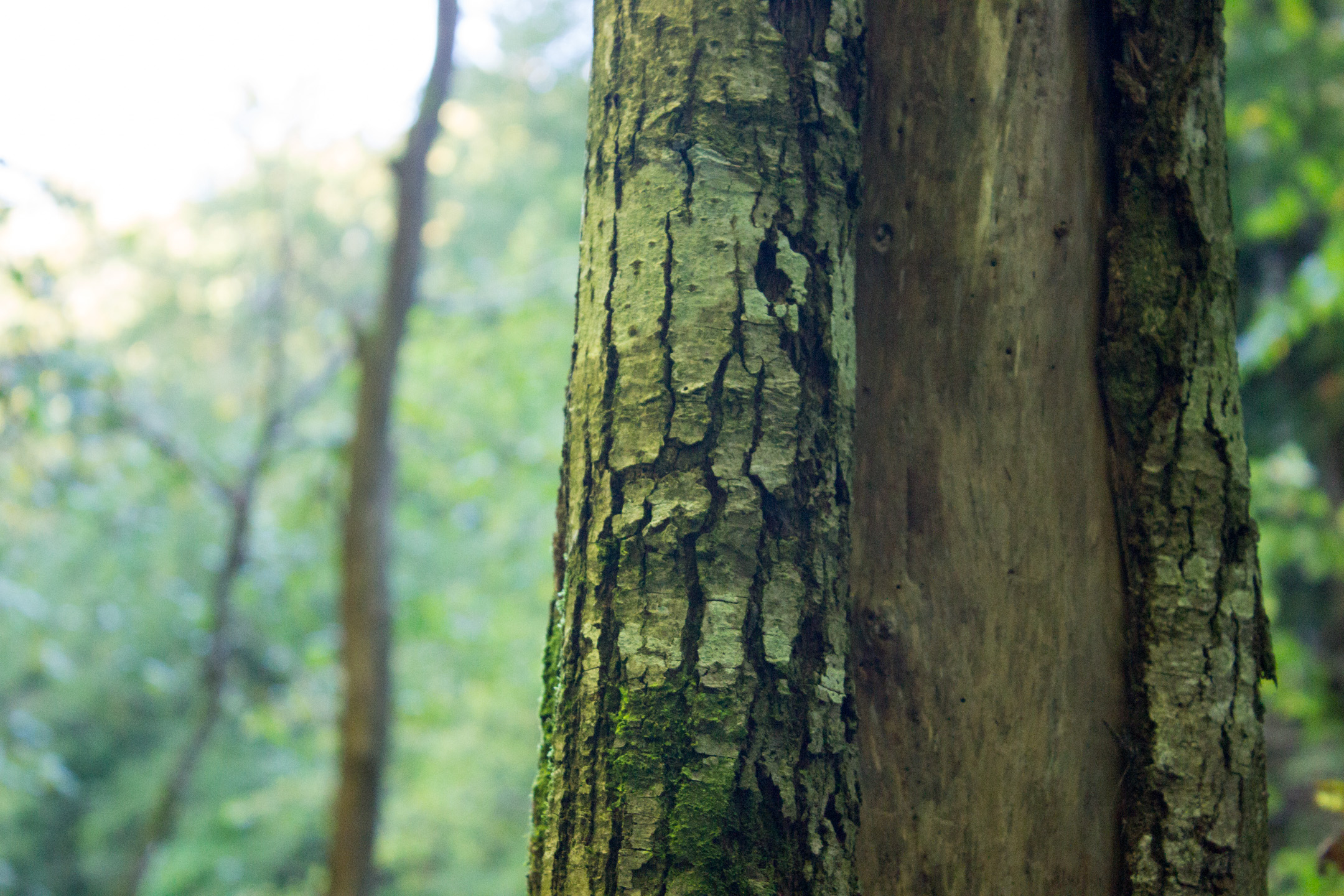
When we arrived, we were met with beautiful forest and some more of that beautiful alpine landscape. Despite being in Lower Austria, the area we were in was up towards the northwest of the federal state, and caught the trailing edge of the actual Austrian Alps.

We started our hike up the mountainside, distributing gloves and garbage bags so we could collect any bits of refuse as we went. Had to take a break once we started hitting all the stairs, though.

Seriously, there were a lot of stairs. I checked the ‘flights climbed’ thing in my phone, and by the end of the day we’d ascended the equivalent of 80 flights of stairs.2
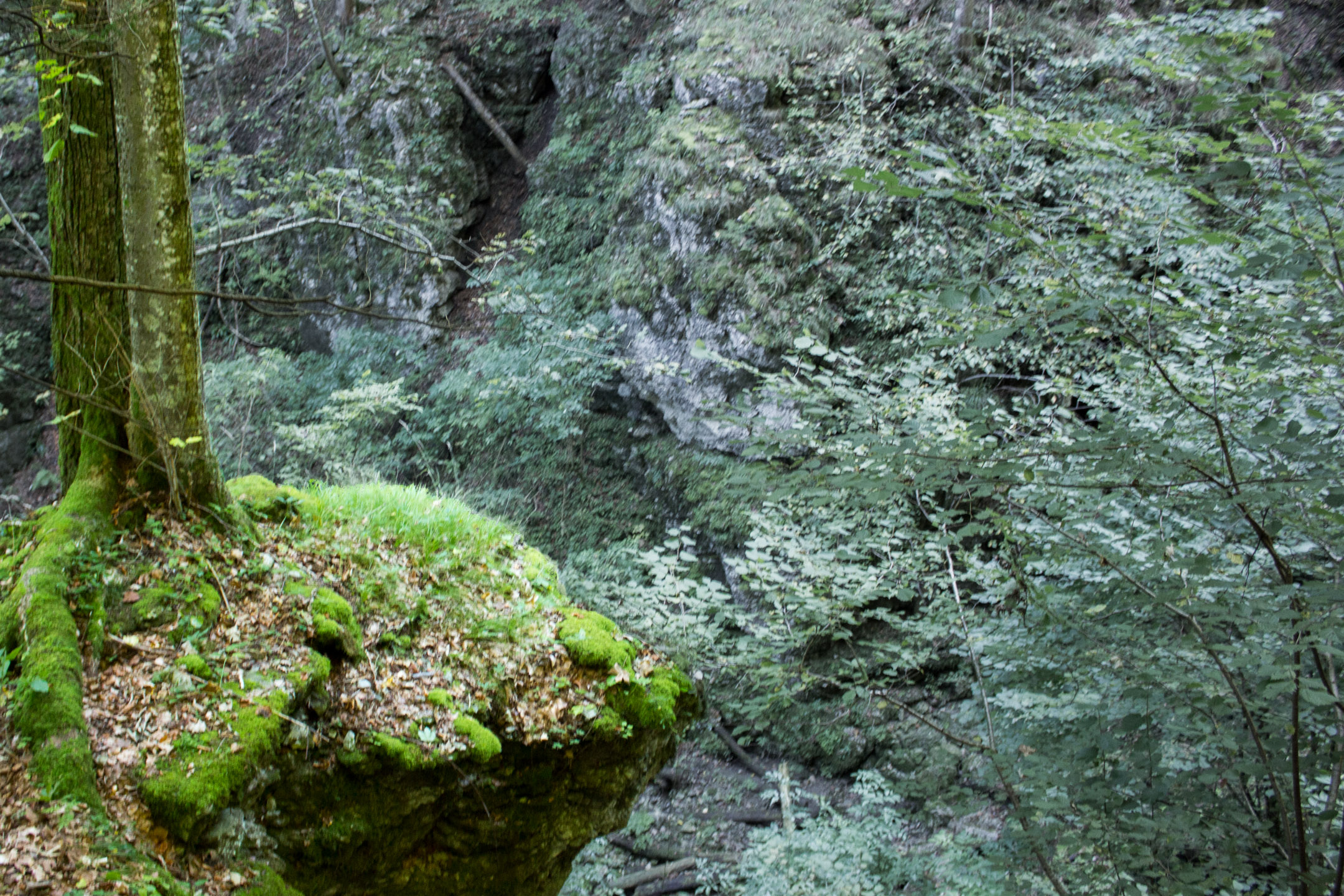
There were a few very pretty things to see along the hike – I think I may have picked up a new hobby for when I get back home. It’s not like the Pacific Northwest is lacking for gorgeous places to go hiking…
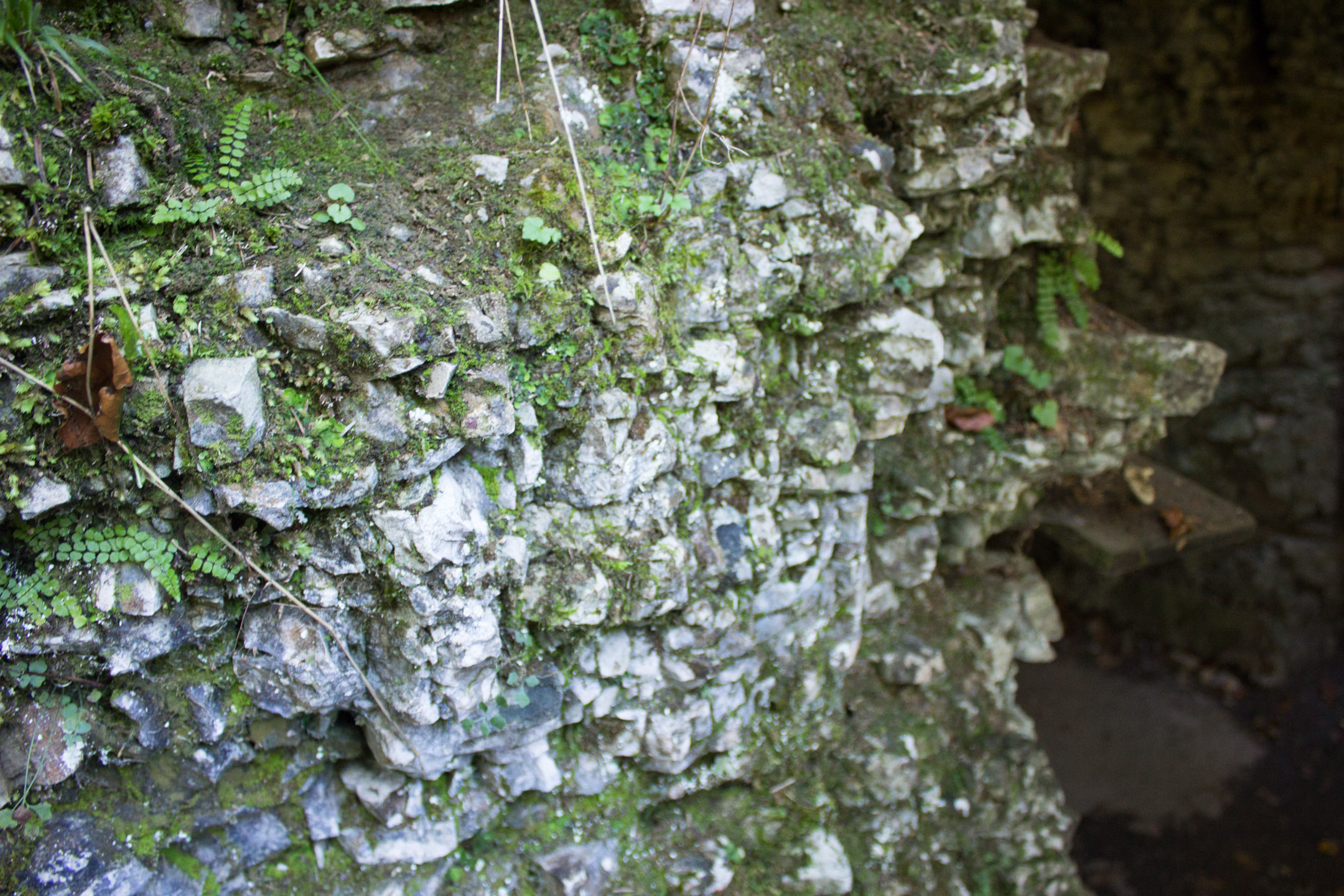
This was our eventual goal – a little building, sitting on a shelf carved into the landscape. The stone visible is “kalk” – not chalk, as I thought the translation was, but limestone.3
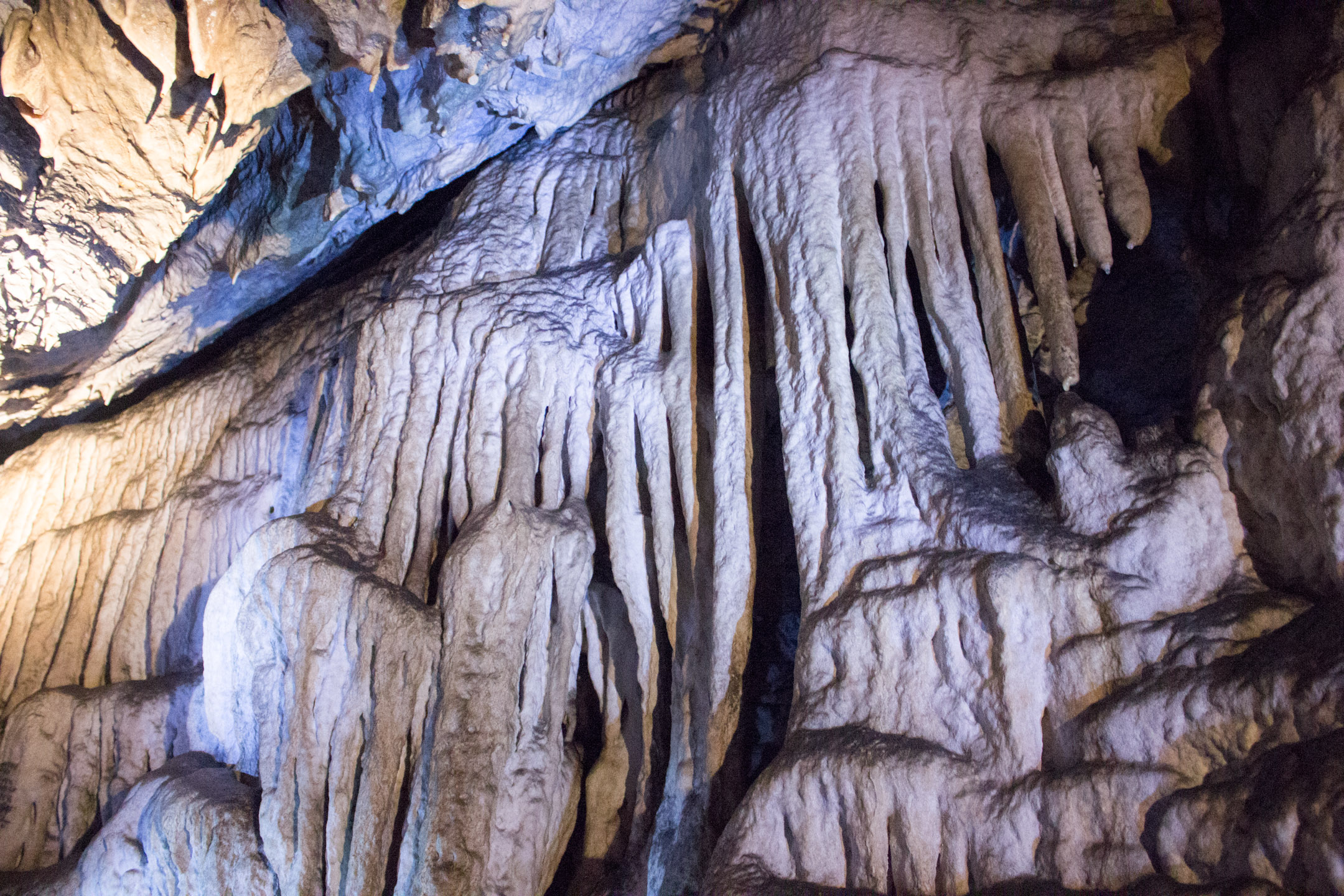
And here’s why we stopped there, and why the building is there in the first place. It marks the safe entrance to a fairly large cave system, adapted over the course of the 20th century for safe ‘exploration’ by tourists.
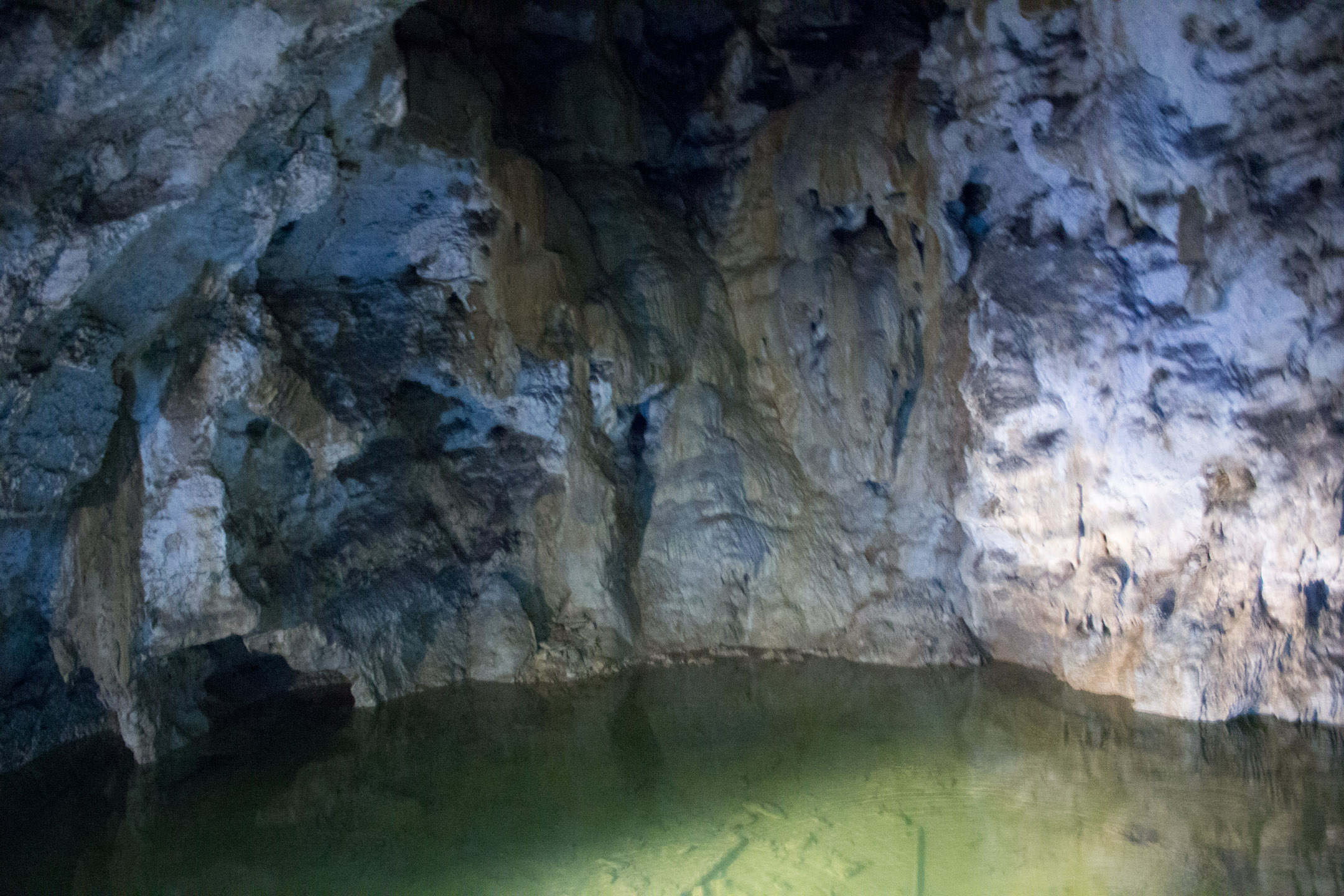
At the bottom of the cave is a pond, above which a few bats were already roosting. It’s more popular in the winter, when the stable year-round temperature of the cave means it’s warmer inside than outside.4
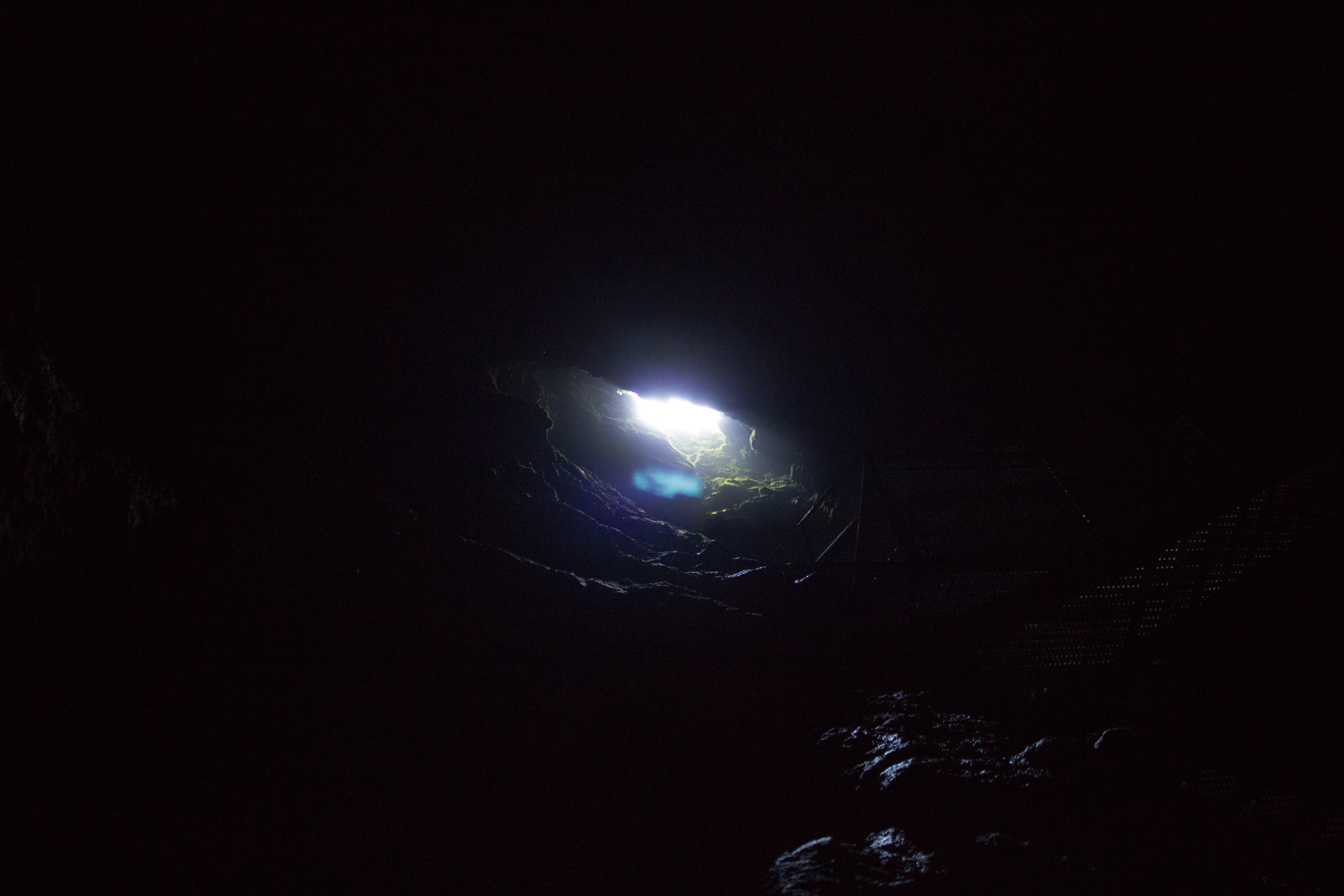
Far above is the entrance used by the bats, and the way the cave was originally discovered and explored.5
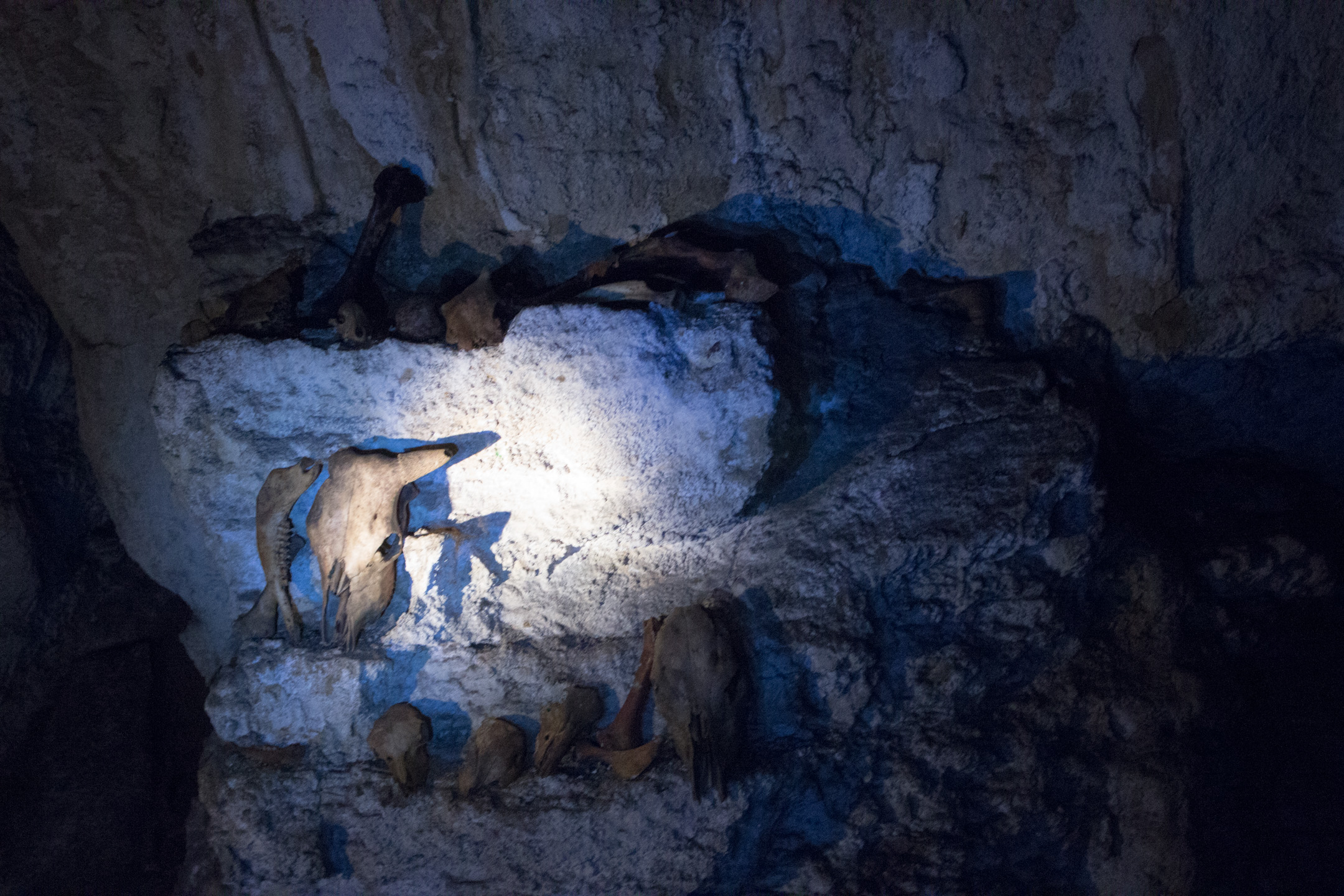
And in between, a boneyard, where the skeletons of non-winged animals who had the misfortune to come across the cave entrance above are laid to rest.
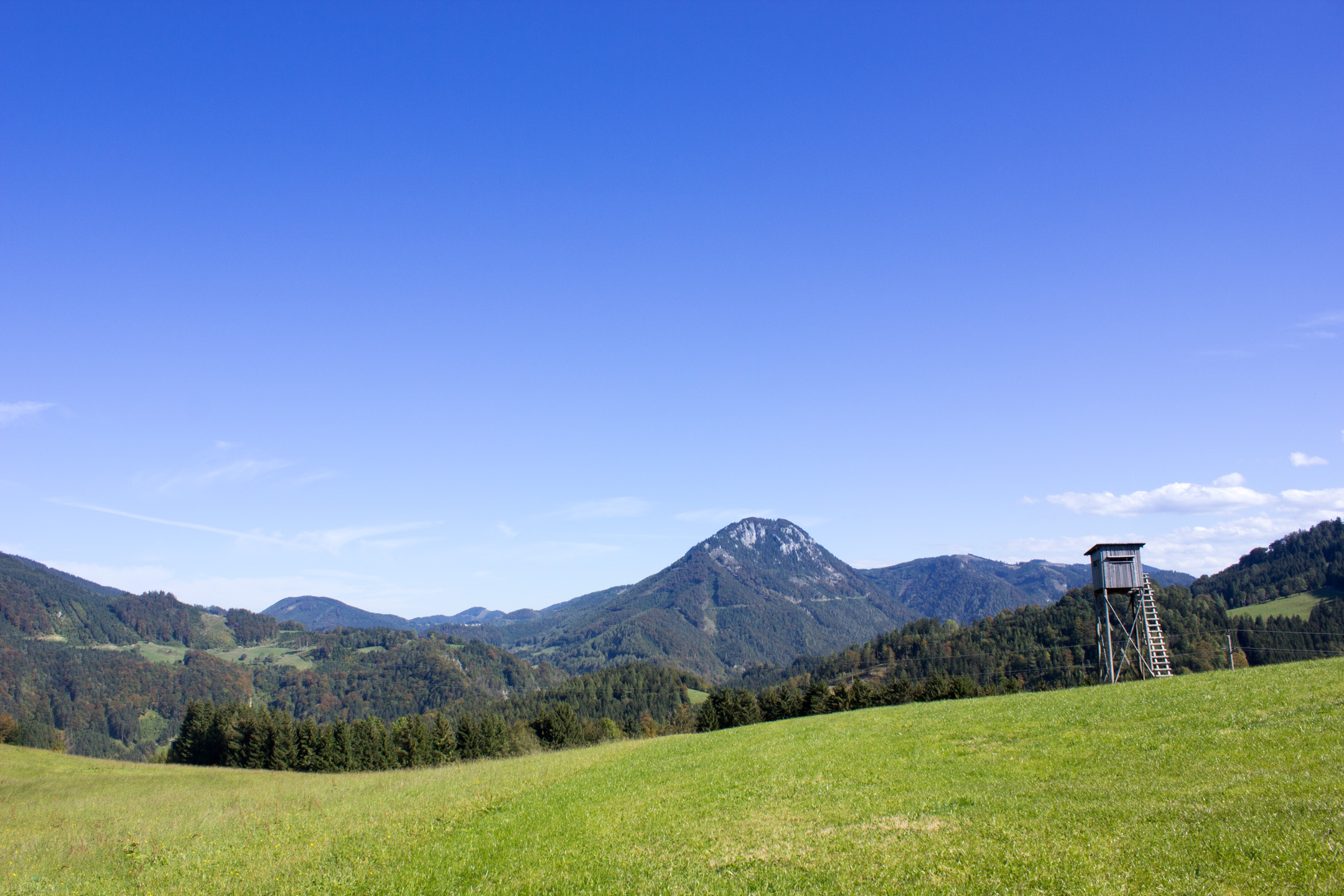
I can’t end on that, though, so have a picture of the rolling hills where the farm we ended the day at was nestled. After a little bit of helping out in the garden, we were served a lunch of incredible home-made meats and cheeses, and we all got back in the van feeling happy and sated. Quite a good day, if I do say so myself.

And, as I am wont to do when the opportunity presents itself, we’ll end on a nice group photo.6
- It’s not a bus, okay? We argued about this for a while and I am very firmly of the belief that it’s not a bus. ↩
- According to Apple’s Health app, one flight of stairs is roughly 3 meters. Which, checking the altitudes of our starting and stopping points, is just about right. ↩
- Technically, “kalk” is an abbreviated version of the actual German word for limestone, so I’m not too annoyed with myself for guessing wrong. ↩
- Not the case when we were there – the cave was significanly colder than the outdoors. That said, as I’m sitting here writing in England, I think the cave may have been warmer than the average English fall morning. Brr. ↩
- We finally decided that kids in the 1920s just didn’t have enough to do. Parents, don’t complain about your kids spending too much time on their cell phones, just be happy they’re not out exploring horrifyingly deep into the bowels of the earth. ↩
- Sans Sophia, as she was home sick this week. I hope she’s feeling better over fall break! ↩
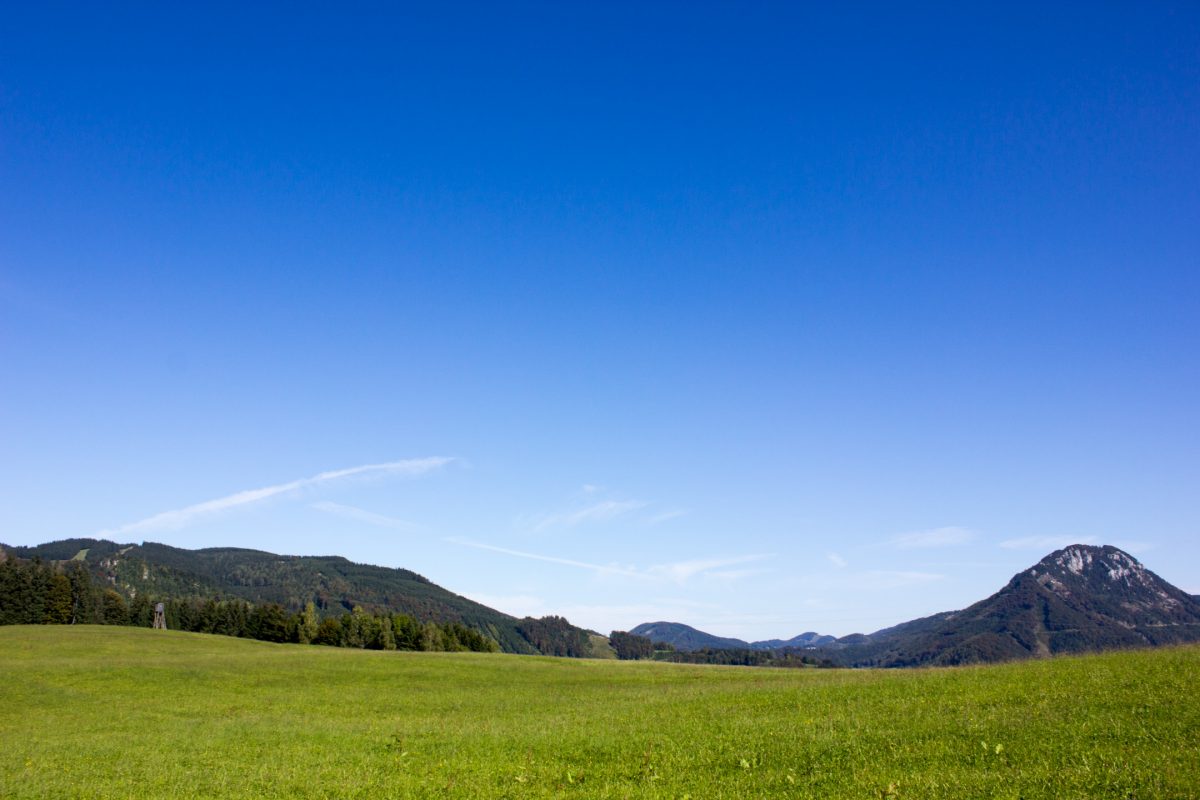
One reply on ““Lower Austria,” or, “kids in the 1920s clearly didn’t have enough to do””
[…] They come out all blurry, it’s quite annoying – and why I have something like 300 unusable photos from the cave. ↩ […]